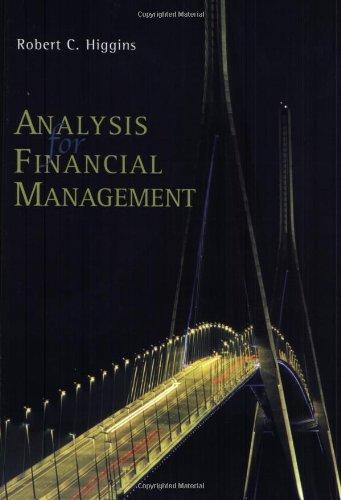
QUESTION #5: RISK MANAGEMENT (20%) Setup: You are interested in monitoring the downside risk of your portfolio. Suppose that un- beknownst to you the actual monthly return distribution of your portfolio is a mixture or normals similar to the example we discussed in class. We assume there is a Bernoulli state variable, S, that defines whether the return is drawn from the market shock regime (S = 1) defined by random variable W or the regime covering standard market conditions (S = 0) represented by random variable V. As in class we assume all three variables are jointly independent and governed by the following: - S ~ Bernoulli(p = 4%) - V~Nuv = 1.063%, ov = 3.608%) - W~Nuw = -13.0%, ow = 2.0%) (a): Calculate the mean, Hp, and standard deviation, Op, for the monthly portfolio return, Rp 4 (1 S). V +S.W, under the terms described above. (Hint: Condition on the shock variable S and use the fact the variables are independent. Also recall that var(X) = E[X2] (E[X])2.) (b): Assume you were able to estimate the values Hy and op in (a) from historical market data, but had no other knowledge about the shape of the distribution. Suppose you assume that monthly returns follow a normal distribution with the observed parameters. Using the standard normal distribution tables included, calculate the portfolio Value-at-Risk (VaR) under a = 94.5% & a=97.25% confidence levels? (c): Sketch the shape of the normal distribution used in (b) as well as the actual distribution described in the problem setup. (d): Now using the true mixture-of-normals distribution, approximate the VaR for the same confidence levels used in (b). Comment on the results and, in particular, the comparison between the risk measures under the two distributions and possible practical implications. (Hint: find the value for portfolio return point where the probability weighted sum of the distributions reach the critical values.) (e): Add the VaR levels for each distribution to the diagram in (c). (f): Knowing what you know about the shapes of the distribution approximate values for the a = 94.5% CVaR under the two distributions. Comment on the qualitative differences between the VaR and CVaR risk measures. What is the practical effect of these differences in this case on your assessment of portfolio tail risk? QUESTION #5: RISK MANAGEMENT (20%) Setup: You are interested in monitoring the downside risk of your portfolio. Suppose that un- beknownst to you the actual monthly return distribution of your portfolio is a mixture or normals similar to the example we discussed in class. We assume there is a Bernoulli state variable, S, that defines whether the return is drawn from the market shock regime (S = 1) defined by random variable W or the regime covering standard market conditions (S = 0) represented by random variable V. As in class we assume all three variables are jointly independent and governed by the following: - S ~ Bernoulli(p = 4%) - V~Nuv = 1.063%, ov = 3.608%) - W~Nuw = -13.0%, ow = 2.0%) (a): Calculate the mean, Hp, and standard deviation, Op, for the monthly portfolio return, Rp 4 (1 S). V +S.W, under the terms described above. (Hint: Condition on the shock variable S and use the fact the variables are independent. Also recall that var(X) = E[X2] (E[X])2.) (b): Assume you were able to estimate the values Hy and op in (a) from historical market data, but had no other knowledge about the shape of the distribution. Suppose you assume that monthly returns follow a normal distribution with the observed parameters. Using the standard normal distribution tables included, calculate the portfolio Value-at-Risk (VaR) under a = 94.5% & a=97.25% confidence levels? (c): Sketch the shape of the normal distribution used in (b) as well as the actual distribution described in the problem setup. (d): Now using the true mixture-of-normals distribution, approximate the VaR for the same confidence levels used in (b). Comment on the results and, in particular, the comparison between the risk measures under the two distributions and possible practical implications. (Hint: find the value for portfolio return point where the probability weighted sum of the distributions reach the critical values.) (e): Add the VaR levels for each distribution to the diagram in (c). (f): Knowing what you know about the shapes of the distribution approximate values for the a = 94.5% CVaR under the two distributions. Comment on the qualitative differences between the VaR and CVaR risk measures. What is the practical effect of these differences in this case on your assessment of portfolio tail risk







